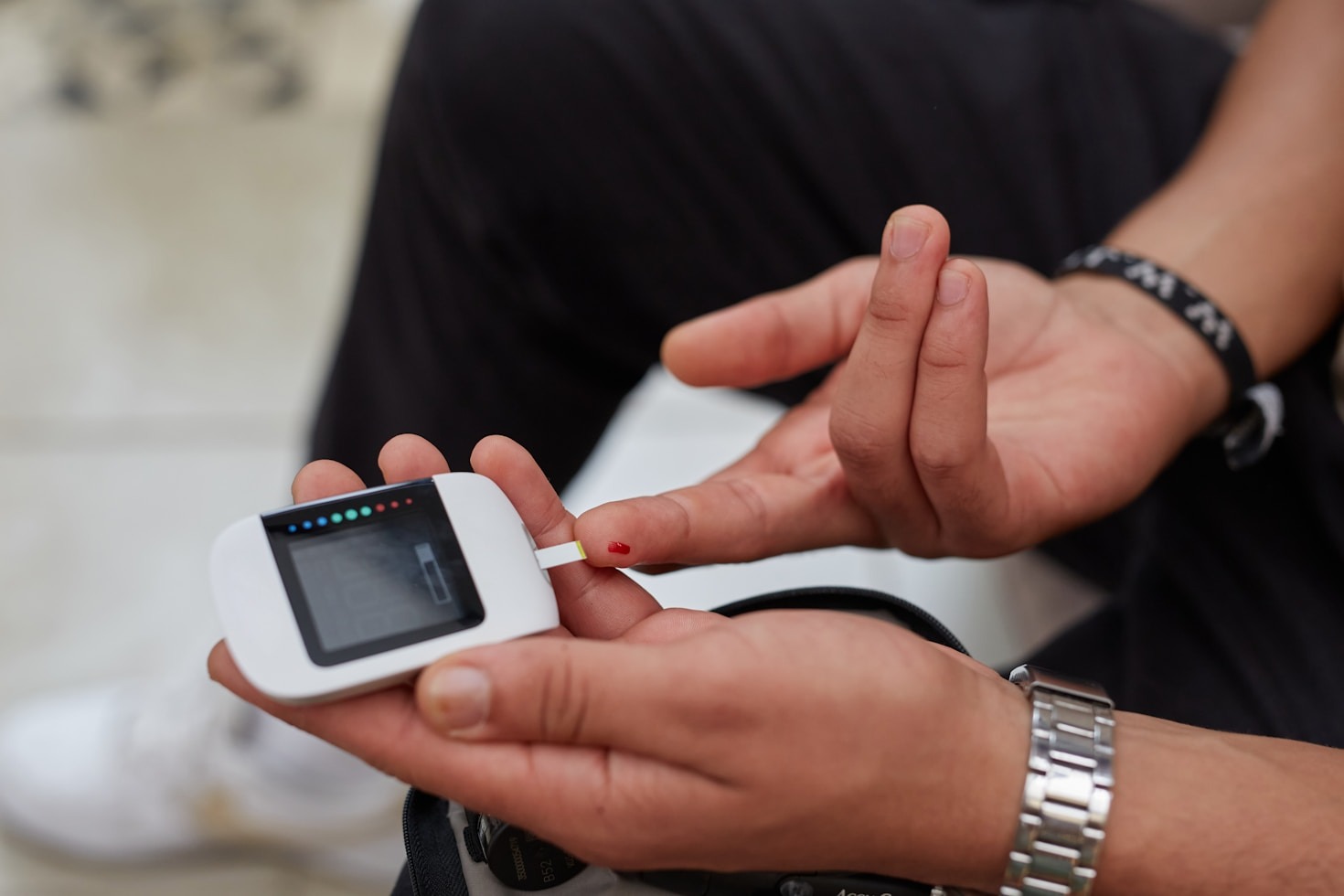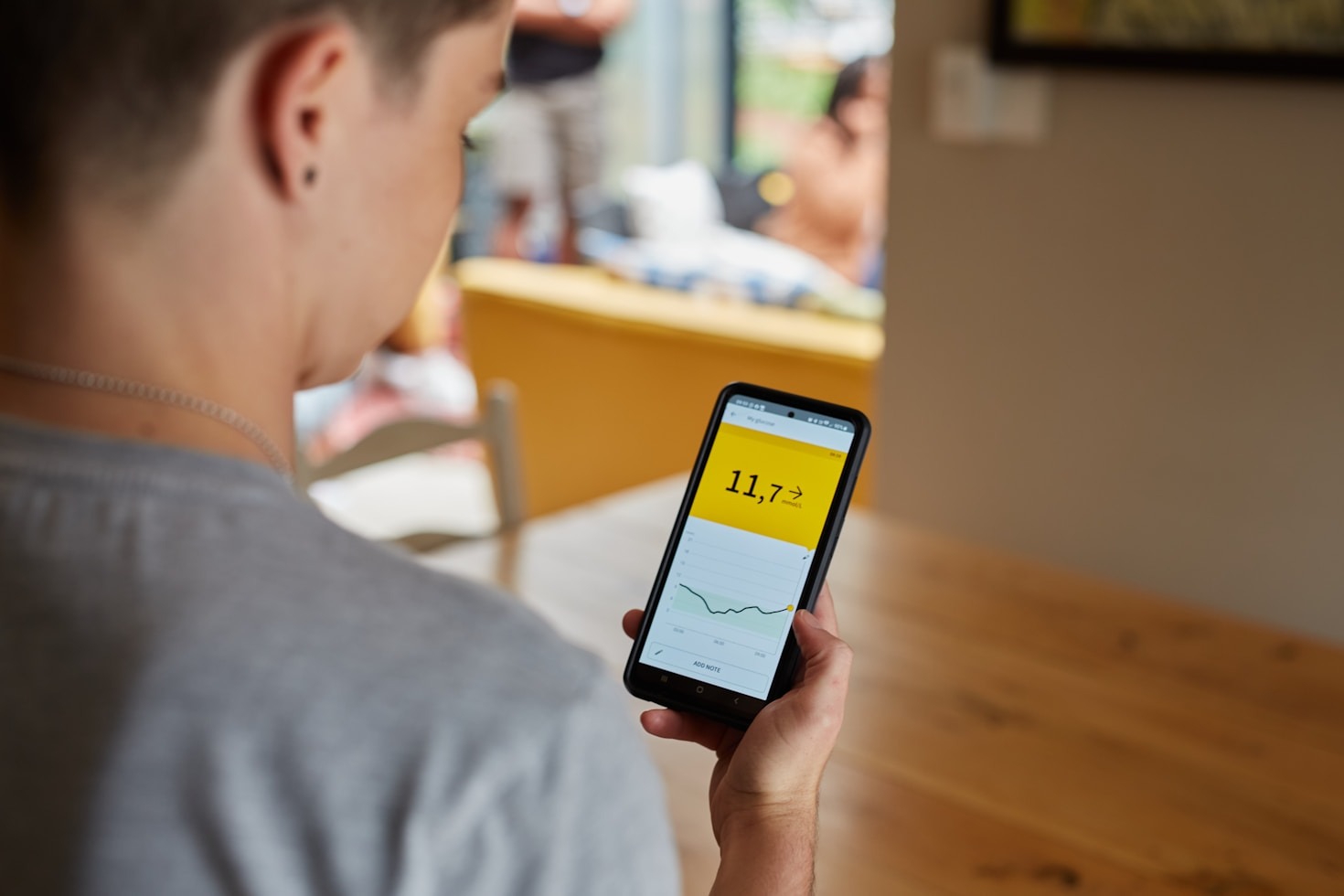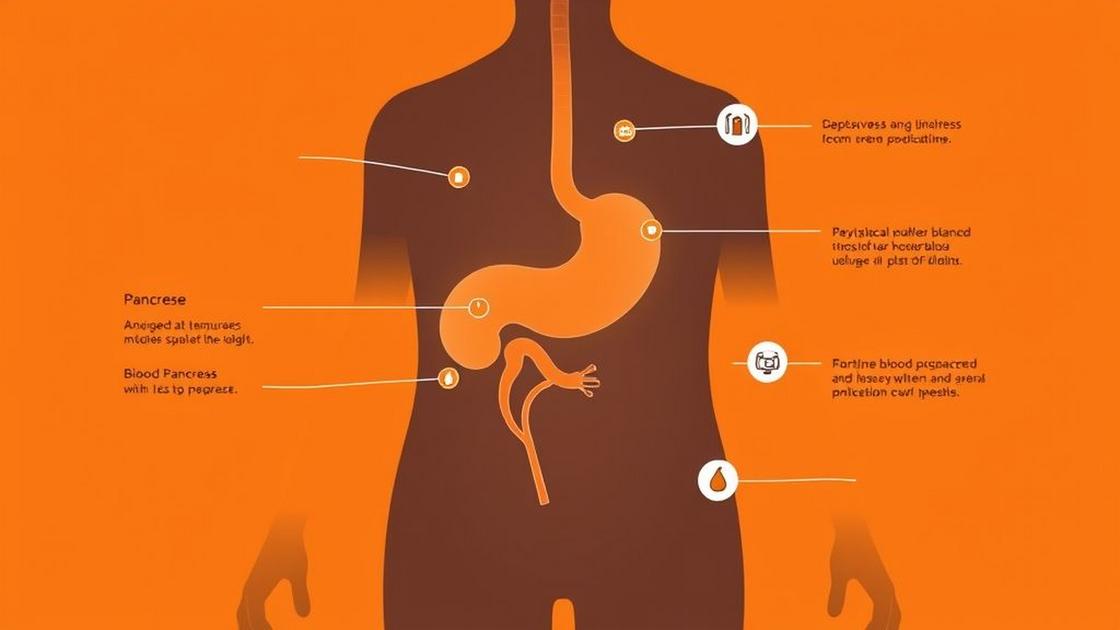Have you been feeling more fatigued lately, struggling with sleep, or experiencing unusual cravings? These may be signs of glucose imbalance. Many women over 30 face these silent challenges, often feeling overwhelmed by daily life’s demands. In this article, we will explore how to identify the hidden symptoms of glucose imbalance, which could be affecting your wellbeing without you realizing it.
Understanding Glucose Imbalance and Its Effects
Glucose imbalance happens when the blood sugar levels are not where they should be. This can lead to problems like fatigue, mood swings, and even weight gain. It’s essential to understand how these fluctuations can be at the root of many silent struggles. Women over 30 often face unique challenges related to glucose imbalance, which can feel overwhelming. These fluctuations can happen due to hormonal changes, stress, and even lifestyle choices.
Common Symptoms That Go Unnoticed
Many women experience symptoms of glucose imbalance that they may dismiss as just everyday fatigue or stress. But be aware of these common yet often unnoticed symptoms:
- Fatigue: Feeling tired during the day can be a sign of fluctuating blood sugar levels.
- Cravings for sugary snacks: These cravings can indicate that your body is seeking more quick energy sources.
- Difficulty concentrating: Trouble focusing can be a subtle hint of your glucose levels falling.
- Insomnia: Struggling to sleep well can also be linked to glucose fluctuations.
- Frequent mood swings: A rollercoaster of emotions may occur due to unstable blood sugar.
Recognizing these signs is vital. They might feel minor, but addressing them can lead you to a healthier path.
The Connection Between Mood and Glucose Levels
Did you know that your mood can be directly influenced by your glucose levels? When your blood sugar dips, it can leave you feeling irritable and anxious. On the other hand, when it spikes, you might feel energetic, but that energy can quickly crash, leading you into a cycle of ups and downs. Understanding this connection can help you find balance.
Many women report feeling emotional distress tied to these fluctuations. One moment you feel on top of the world, and the next you’re struggling to keep your eyes open. Recognizing this pattern can empower you to take control of your health and emotional well-being.
How Lifestyle Choices Impact Blood Sugar
Your daily choices play a significant role in your glucose levels. Factors such as stress, exercise, and sleep all contribute to how your body manages blood sugar. Here are some aspects to consider:
- Stress Management: High stress can lead to higher cortisol levels, which can increase blood sugar levels, creating a vicious cycle.
- Exercise: Regular physical activity helps regulate blood sugar, so finding a routine that fits your lifestyle can be beneficial.
- Sleep: Quality sleep is crucial; lack of it can lead to insulin resistance, impacting your glucose levels.
Making small tweaks to your lifestyle can significantly influence how much your glucose levels fluctuate. Pay attention to what works best for you and your body.
The Role of Diet in Managing Glucose Balance
Adopting a balanced diet is crucial in managing glucose levels. Eating whole foods and understanding how certain foods impact your blood sugar is essential:
- Focus on fiber: Foods high in fiber can help slow the rise in blood sugar.
- Limit processed sugars: This can prevent spikes in blood sugar and the associated crashes that follow.
- Balanced meals: Combining proteins, fats, and carbohydrates helps stabilize blood sugar levels.
Consider keeping a food diary to understand how different meals affect your energy and mood. You might be surprised by the connections you find.
Recognizing Emotional Eating Triggers
Emotional eating can creep in when glucose levels drop, pushing you to seek comfort in food. Recognizing your emotional triggers is vital:
- Stress: Do you reach for sweets when feeling overwhelmed?
- Boredom: Do you snack when you’re not really hungry?
- Sadness: Turning to food for comfort during tough times is common.
Identifying these triggers is the first step towards creating healthier coping strategies. Instead of reaching for a snack, consider taking a walk or practicing deep breathing techniques.
Monitoring Your Body’s Signals
Listening to your body is a powerful tool. Understanding its signals can help you recognize when your glucose levels are off balance:
- Physical signals: Do you notice headaches, dizziness, or increased thirst?
- Mood fluctuations: Are your emotions swinging without clear reasons?
- Fatigue: Are you feeling more tired than usual without a clear cause?
Taking notes on these signals can help you formulate a plan. Journaling about your experiences can also bring clarity, helping you connect patterns over time.
Simple Steps to Regain Control of Your Health
You can take simple steps to bring your glucose levels into balance. Here are some manageable actions:
- Stay hydrated: Drinking enough water can help with energy levels and manage blood sugar.
- Prioritize sleep: Create a calming bedtime routine to improve your sleep quality.
- Incorporate physical activity: Find a fun way to move your body, whether dancing, yoga, or walking.
- Practice mindfulness: This can help reduce stress and improve your relationship with food.
Each day, choose one small change to implement. You might be surprised by how each step accumulates into a significant shift!
Empowering Stories from Women Who Found Solutions
Many women like you have navigated their way through the challenges of glucose imbalance. Their stories can inspire you:
- Sarah: After recognizing her fatigue as a symptom of glucose imbalance, she revamped her diet and began exercising regularly. Now she enjoys more consistent energy levels.
- Emily: By tracking her emotional eating triggers, she learned to respond with healthier choices and found more joy in her meals.
- Linda: Focused on sleep hygiene, she significantly improved her overall mood and energy, inspiring her friends to follow suit.
Their journeys remind us that change is possible and that many have walked this path before. You’re not alone!
A Call to Action: Your Journey to Wellness Begins Here
Understand that it is entirely possible to overcome these challenges. Many women have already found balance and improved their symptoms by following a simple step-by-step method. It’s time for you to discover these solutions and take the first step toward a healthier, brighter future. Your journey to wellness starts now!










